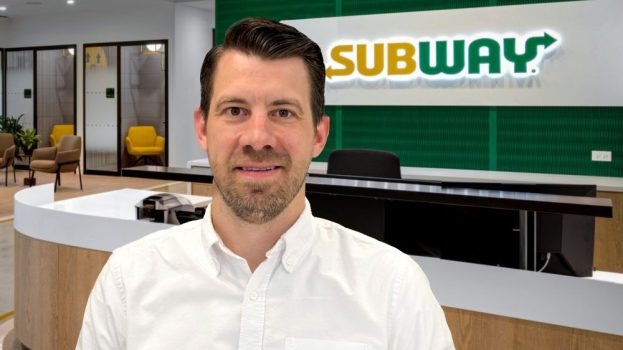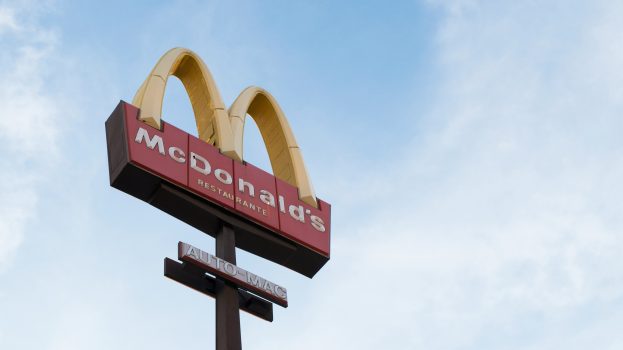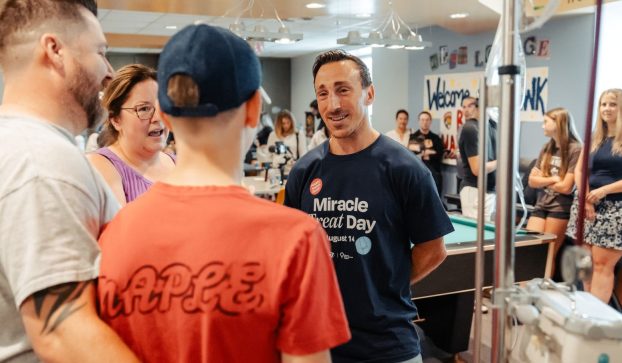When the United Nations wanted to study how companies should include social development in their ESG planning and reporting, they tapped Vancity to be a guinea pig.
The UN Research Institute for Social Development (UNRISD) works to encourage the transition to a social solidarity economy (SSE). Translation? According to the UNRISD, “SSE has a potentially important role to play in reorienting economies and societies toward greater social and ecological sustainability. Its principles and practices aim to reintroduce values of justice, humanize the economy and contribute innovative solutions that are grounded in people’s agency.”
The institute believes that scaling up SSE requires supportive public policies, effective participation, innovative forms of financing and determining how to implement practices based on its research, monitoring and evaluation.
Much of the evidence related to SSE performance, however, remains anecdotal or assumes that the same yardsticks used to measure corporate sustainability performance or conventional forms of investment can or should be applied to SSE.
According to RIPESS, another global network dedicated to the promotion of a social solidarity economy, SSE is an alternative to capitalism and other authoritarian, state-dominated economic systems.
So how does a financial institution like VanCity fit into a narrative that promotes an alternative to capitalism?
Back in April 2021, the financial cooperative revealed its new brand positioning, stating that it aimed to be a “financial force for change.” Working with TAXI, VanCity’s rebrand declared its commitment with the tagline “People. Planet. Profit.,” clearly establishing “people” as its number one priority – and profit last. While that is not anti-capitalistic in and of itself, it is a critique of capitalism’s priority of profit at all costs.
According to Julia Robbins, manager of accountability reporting at VanCity, “With $33 billion in assets, we are the biggest credit union in Canada. But the biggest difference is we’re not trying to maximize profit at the expense of the communities we serve. Our focus is on things like financial inclusion, affordable housing and climate action.”
VanCity isn’t blowing smoke. The cooperative has committed to reconciliation by opening up access to financial services for First Nations communities, and created its Shared Success program, which is primarily focused on support for affordable housing.
Due to such initiatives, and through its work with Halifax-based St Mary’s University on how cooperatives can achieve sustainable development goals, VanCity was a perfect pairing for UNRISD to participate in SSE research. “The UN wanted the cooperative perspective, and to work with us because we are considered leading edge in terms of our integrated sustainability reporting,” says Robbins.
“We’re not only known among the banking community for being good at reporting, but we’re also known because we have good things to report,” she says. Such milestones include supporting nearly 7000 refugees by way of financial tools and transparency in how much of the cooperatives profits are shared with its members.
In 2019, the UNRISD developed a set of sustainable development performance indicators, and now they’re working with organizations like VanCity and The City of Kitchener (the only two Canadian outfits that were approached by the UN) to bench test them.
Some things are easy to measure, while others are more intricate. One of the challenges is to put performance into context. For example, if a company uses X-thousand litres of water but operates in a desert, that’s very different from using the same amount of water while operating where water is plentiful.
“Part of the idea behind interpreting sustainable development performance indicators is trying to get at that context,” says Robbins. “We’re always looking at reporting guidelines, and where requirements are heading.”
“The UN provided draft guidelines and a spreadsheet and asked us to fill it out,” continues Robbins. “It displayed all the indicators and then asked about our experience with them. Later on, there was a survey about how the metrics should be weighted in different areas.”
VanCity found that on the whole, it was already disclosing what the UNRISD was looking for. For example, the brand has solid data on diversity metrics, gender pay equity and governance. But there were a few metrics that VanCity hadn’t come across.
One example is Scope 3 emissions reporting. All ESG reporting includes data on what are called Scope 1 (direct) and Scope 2 (indirect) emissions, but very little on Scope 3, which for a bank, means the emissions made by companies that it lends to. The UNRISD performance indicators did not include a line item for Scope 3. But for VanCity, Scope 3 emissions are far greater than operational emissions. The lack of regulatory requirements around Scope 3 reporting is what lies at the core of the current controversy around the big banks’ investments in fossil fuel extraction. For instance, RBC has been the target of environmental groups for making such investments.
Given VanCity’s focus on its mortgage book, its Scope 3 emissions are primarily from residential and commercial buildings. “We have specific lending products to help people do retrofits instead of tear-downs to minimize our finance emissions. It’s still evolving. There’s a lot of work to measure. And then once you actually measure it, you have to take action to reduce your emissions. We’re working with our members to help them do that,” says Robbins. “We’re also doing a lot of advocacy because until building codes change, it’s hard to reduce GHG emissions. We are working on all levels of government around that.”
As UNRISD continues its research and works to drive change surrounding SSE, it’s brands like VanCity that support the mission. While its positioning is that it’s always been a cooperative with a conscience, participating in studies such as this prove that brands are capable of not only spouting goals, but following through on them – and inspiring change on a global scale.
























